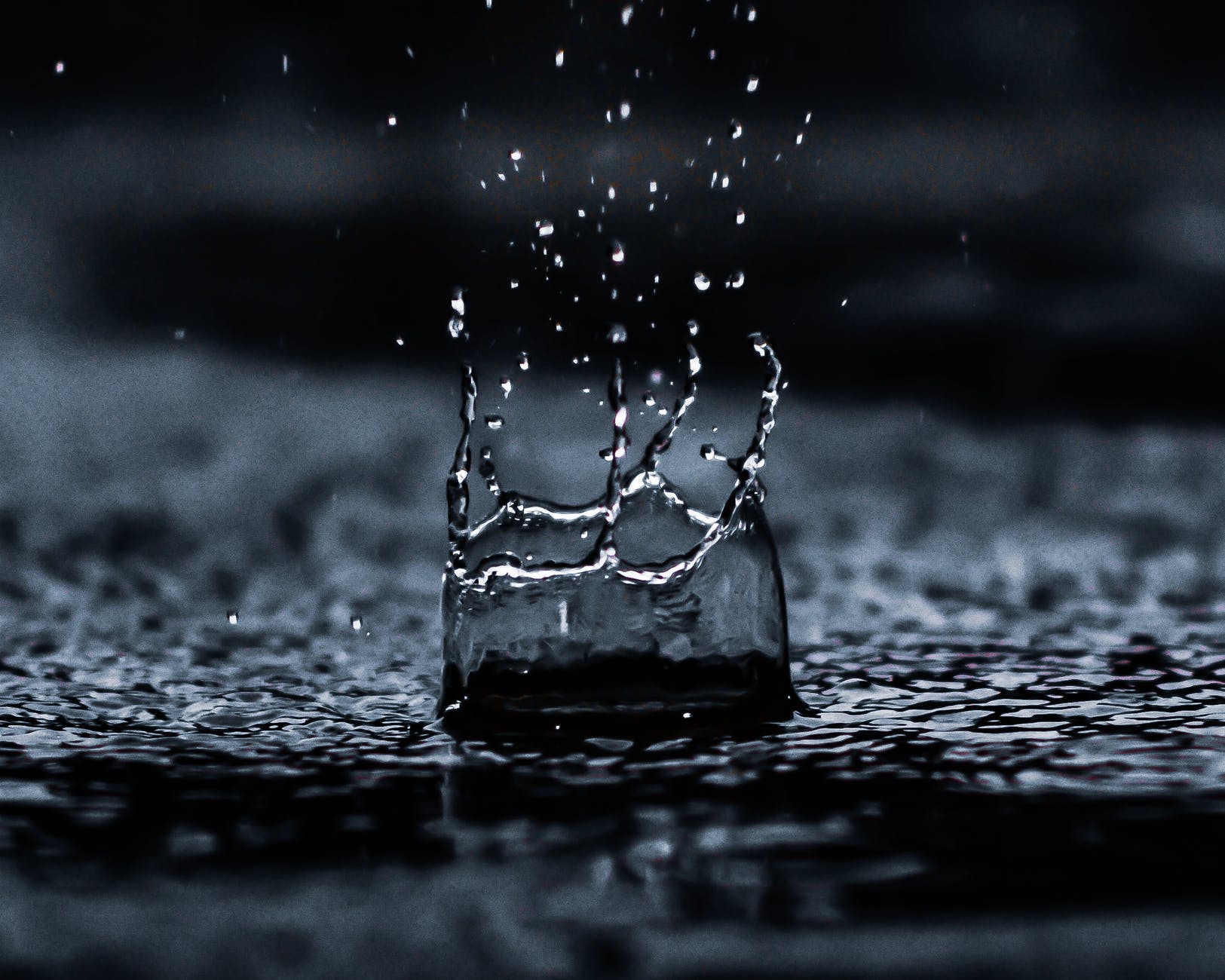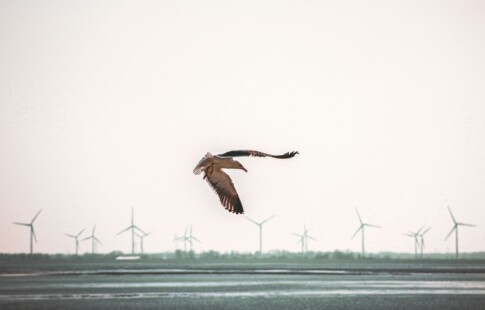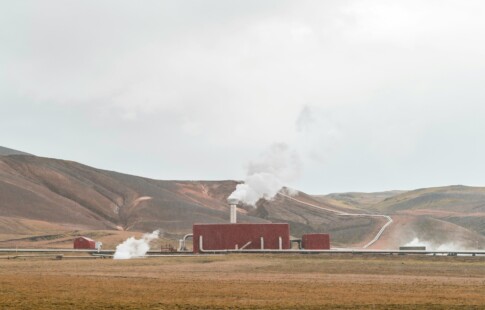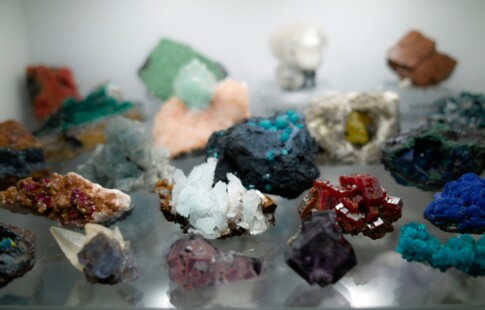
Technology Creating the Purest Water in the World
We are reader-supported. When you buy through links on our site, we may earn affiliate commission.
When we turn on the faucet or open a bottle, we’re fairly confident in the cleanliness of the water that we drink. That confidence is exclusive to the developed world. Currently, about 700 million people worldwide live under the threat of water scarcity, while in labs, scientists are creating the purest water in the world. How did scientists achieve this feat, and what can the rest of us do to protect one of the most valuable resources on our planet?
Solving a Mystery
The creation of the world’s purest drop of water was due to a mystery. Scientists were trying to figure out why a substance like titanium dioxide (TiO2) — one of the most hydrophobic materials known to man — will form a dusty film if left alone in a dark room. They theorized that it was reacting with some trace impurities in the water, so they set out to create water without any impurities. This goal is a challenge because water likes to collect things as it moves through pipes and the air. They accomplished their objective by creating a vacuum in a super-cooled chamber kept at -220° F. Then, they were able to develop ultra-pure ice by introducing super-pure water vapor into the low-pressure chamber.
Eventually, they determined the film didn’t have anything to do with water or water vapor — the film is made up of acetic and formic acids, which exist in the air in small quantities and react with the TiO2. Instead, they’ve created a method from generating ultra-pure water. While it isn’t feasible to purify existing water sources, it’s a unique new technique to remove contaminants from water.
Slowing Down Water Waste
Although drinkable water is necessary for life on earth, countries in the developed world are guilty of wasting trillions of gallons per year. China is the worst, topping out at 362 trillion gallons, while the United States is a close second, wasting 216 trillion gallons of water annually.
Slowing down water waste in these developed countries is a task that everyone will have to do their part to complete. Water conservation is something that everyone can do. If each person does something small — like only running the dishwasher when it’s full or repairing a leaky tap — these tasks add up quickly when you spread them out among 330 million people, the current population of the United States.
Try out something small in your household. Turn off the water while you’re brushing your teeth. Install water-efficient fixtures. Replace that toilet that’s older than you are. Little things are like snowflakes — get enough of them together, and you’ve got an avalanche that can change the entire landscape.
Tapping Into the 97%
We live on a water planet. More than 70% of the planet’s surface is underwater, but only 3% is fresh and drinkable. Of that, two-thirds is locked frozen in the polar ice caps, meaning all freshwater only represents 1% of the water on this planet. Thanks to new technology, we may be able to tap into the 97% that represents undrinkable water on this planet. Desalination plants work by removing the salt from seawater, making it safe to drink. These plants are popping up all over the world, with 11 in California alone and more where water scarcity is a threat. As cities start to run out of water, the desalination industry is beginning to boom. Still, this technology isn’t a replacement for water conservation.
Protecting Our Most Valuable Resource
Conservation isn’t the only thing we need to think about when it comes to protecting our most valuable resource. We also need to consider what we’re putting into the water we drink. As mentioned before, water loves to pick up contaminants that get carried into our kitchens and bodies. Suburbs are often the worst perpetrator when it comes to water pollution because so many people live close — and, unlike cities, they have lawns, gardens and other things that can indirectly contribute to pollution.
Every time you spray fertilizer or pesticide on your lawn, there is potential for these chemicals to runoff during the next rainstorm, negatively affecting the local ecosystem and water supply. Yards also take a large amount of water to maintain — but you can’t let it die, or you might find yourself on the wrong side of your homeowner’s association. We must take a closer look at how we maintain our properties, especially in the suburbs, where lawns are a significant part of life.
The Future of Our Access to Water
Water is, without a doubt, one of the most valuable resources on this planet. While scientists are finding ways to make the purest drops of water on the earth, we can’t take the rest of it for granted. We need to protect what we have while it’s still here.
Share on
Like what you read? Join other Environment.co readers!
Get the latest updates on our planet by subscribing to the Environment.co newsletter!
About the author

Jane Marsh
Starting from an early age, Jane Marsh loved all animals and became a budding environmentalist. Now, Jane works as the Editor-in-Chief of Environment.co where she covers topics related to climate policy, renewable energy, the food industry, and more.





